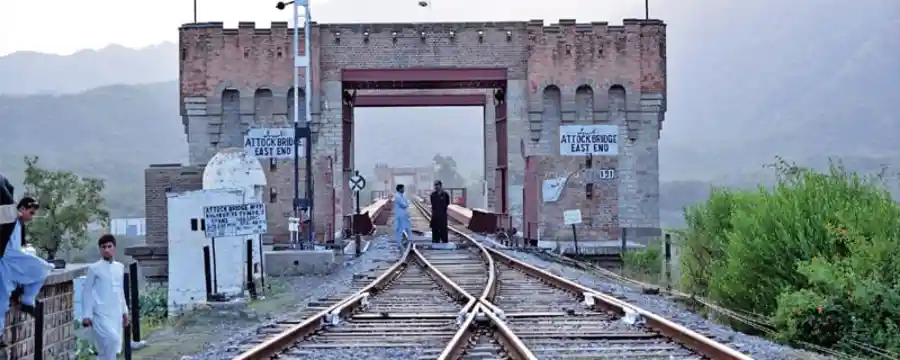Attock Khurd - Beauty and History

Overview
Attock Khurd has a rich history and is especially important to the entire subcontinent. Some historical sources say that the great grammarian P??ini wrote the oldest surviving Sanskrit grammar, A???dhy?y, who was born in Shal?tura, near Attock, present-day Lahore, on the right bank of the Indus, Kambojan/Gandhara Province in 520 BCE. At that time, Attock was located on the main road. However, the main route for international trade and communication is between the North subcontinent, Persia, and China.
Furthermore, the road next to Attock Fort will take you to this wonderful place. The Attock fort at Attock Khurd was constructed during the reign of the Mughal king Akbar between 1581 and 1583. The fort was to protect the passage of the Indus River during the Mughal era. The beautiful Indus River will give you breathtaking views. You will see many historic buildings and monuments in the area. Like Attock Mosque and Maqbra, Behram ki baradari, etc.
Things to do at Attock Khurd
Attock Khurd Railway Station
Attock Khurd Railway Station is located near the Old Attock Bridge on the main railway line. The railway station was built in 1885 during British rule. In March 2007 it was renovated and declared a tourist complex. Moreover, it is one of the most beautiful railway stations in Pakistan. Surrounded by lush green hills, its impressive architecture features Victorian architecture and stone masonry. However, it is the gateway to the Attock bridge. All trains running between Rawalpindi and Peshawar pass through this station and do not stop here.
Attock Bridge
The Attock Bridge is located between Attock Khurd and Khairabad Kund on the Indus River in Pakistan. Additionally, it is often referred to as the "Old Attock Bridge". Moreover, it is the most important strategic and commercial crossing of the Indus between Punjab and Khyber Pakhtunkhwa. So it was heavily fortified. Originally designed by Sir Guilford Molesworth, it opened to traffic on 24 May 1883. The construction cost is over Rs 3.2 lakh.
Additionally, Sir Francis Callaghan redesigned and rebuilt it in 1929 for Rs 2.5 million. The bridge has 2 floors and 5 spans. The three spans are 257 feet and 312 feet long. Moreover, the upper floor is for rails and the lower is for road traffic. The entrance was used as a solid fortification against attacks from neighboring Pashtun tribes. Later, the New Attock Bridge is still used for traffic.
Safari Toursit Train
The safari tour train leaves Golra station every Sunday for Attock Kurd at 9 am. It is to promote the culture and beauty of the Potohar region. The train takes adventurers to Golra, Hassan Abdal, and Attock Khurd. At Golra station, visitors can visit the railway museum for an hour. The next stop on the safari is Hassan Abdal, which lasts 30 minutes. Before reaching Attock Khurd, the train stops at a small station called Rumian. The train then goes to Attock Khurd Station on the banks of the Indus River. Here tourists can visit the Attock Khurd Museum, explore the train station, and enjoy boating, horse or camel ride, and food. The tourist train returns to Rawalpindi at 6 pm.
How to get there?
Attock Khurd is accessible by road and rail. Through M1 travel takes 1:30 hours, plus there are Safari tourist trains available every Sunday.
